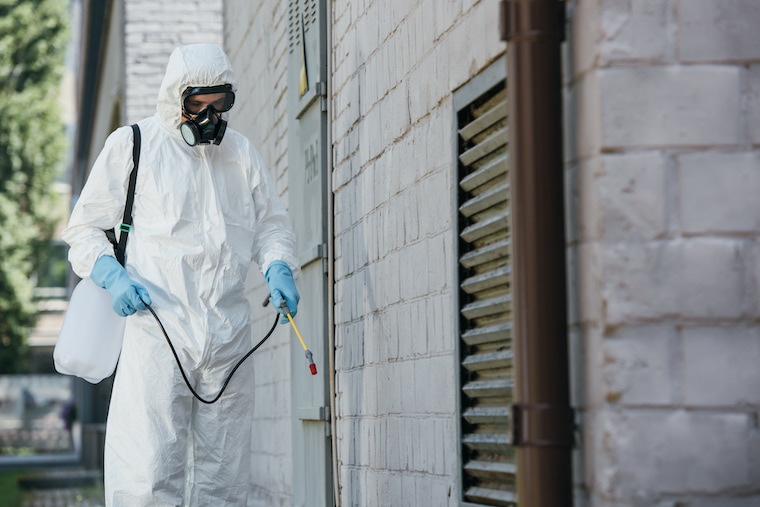Identifying the ideal locations for pest control?
As pest control experts, we understand the importance of identifying the ideal locations for pest control. Knowing where pests are likely to infest is key to effectively controlling and preventing them from causing harm to your property or your health. In this article, we will share with you some tips on how to identify the ideal locations for pest control.

Inspect the Exterior of Your Property
The first step in identifying the ideal locations for pest control is to inspect the exterior of your property. Check for any gaps or cracks in the walls, foundation, or roof that could serve as entry points for pests. Also, look for any areas that are moist or have standing water, as these can attract pests such as mosquitoes, ants, and termites. Regularly clean your gutters and downspouts to prevent water from accumulating around your property.
Check Your Attic and Crawl Spaces
Attics and crawl spaces are often neglected areas that can serve as ideal habitats for pests. Inspect these areas regularly for signs of infestation such as droppings, nests, and webs. Look for any holes or gaps in the walls or floors that could allow pests to enter your living space. Seal any openings with caulk, steel wool, or other materials to prevent pests from gaining access.
Pay Attention to Your Kitchen and Pantry
Kitchens and pantries are areas where pests such as ants, cockroaches, and rodents are often found. Keep your food in tightly sealed containers and regularly clean up any spills or crumbs. Dispose of any expired or stale food promptly. Inspect your cabinets and drawers for signs of pest activity and address any issues promptly.
Don't Forget Your Yard and Garden
Your yard and garden can also be attractive to pests. Keep your lawn trimmed and remove any debris or clutter that could serve as hiding places for pests. Remove any standing water and eliminate any sources of moisture. Store firewood away from your home and elevate it off the ground.
Hire a Pest Control Professional
If you suspect that you have a pest problem or want to prevent one from occurring, consider hiring a pest control professional. A professional can inspect your property, identify any pest problems, and develop a customized plan to eliminate and prevent pests from returning.
In conclusion, identifying the ideal locations for pest control is crucial in maintaining a pest-free home or business. By inspecting the exterior of your property, checking your attic and crawl spaces, paying attention to your kitchen and pantry, and not forgetting your yard and garden, you can prevent pests from causing harm to your property or health. If you need assistance in identifying or controlling pests, don’t hesitate to contact a pest control professional.
FAQ
Common areas to inspect for pests include the exterior of your property, attics and crawl spaces, kitchens and pantries, and your yard and garden. These areas provide an ideal habitat for pests to thrive and reproduce. By inspecting these areas regularly, you can identify any pest problems and take preventive measures to avoid an infestation.
Signs of pest infestation may include droppings, nests, webs, gnaw marks, and a musty odor. You may also notice live or dead pests in your home or business. If you suspect that you have a pest problem, it’s important to take action immediately to prevent the problem from worsening.
To prevent pests from entering your property, seal any cracks or gaps in the walls, foundation, or roof. Keep your property clean and tidy, and eliminate any standing water or sources of moisture. Store food in tightly sealed containers, and dispose of any expired or stale food promptly. Keep firewood away from your home and elevated off the ground.
You should hire a pest control professional if you notice signs of a pest infestation or want to prevent one from occurring. A professional can inspect your property, identify any pest problems, and develop a customized plan to eliminate and prevent pests from returning. They can also provide advice on how to maintain a pest-free environment.
Some DIY pest control methods include using natural remedies such as peppermint oil, vinegar, and baking soda. You can also use traps, baits, and pesticides that are available at most home improvement stores. However, it’s important to use caution when using pesticides and follow the instructions carefully to avoid any harm to yourself, your family, or your pets.

